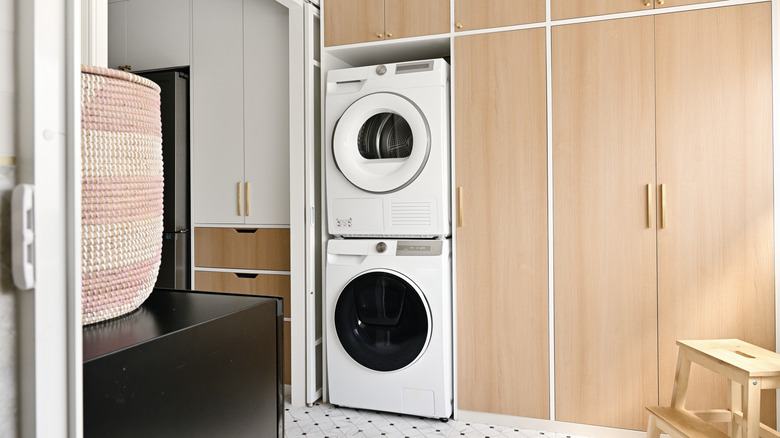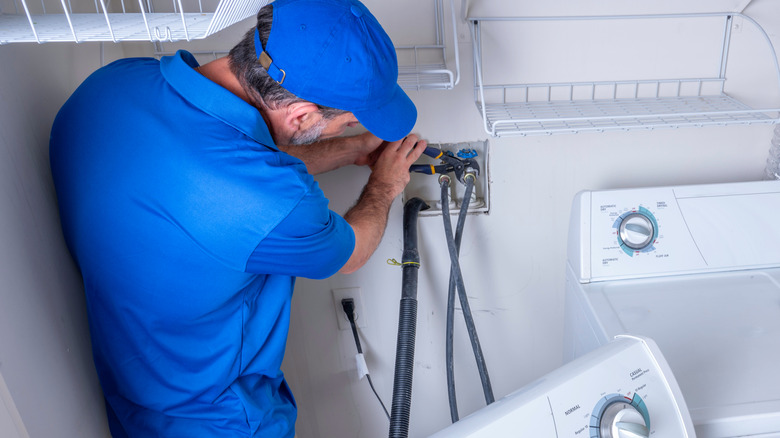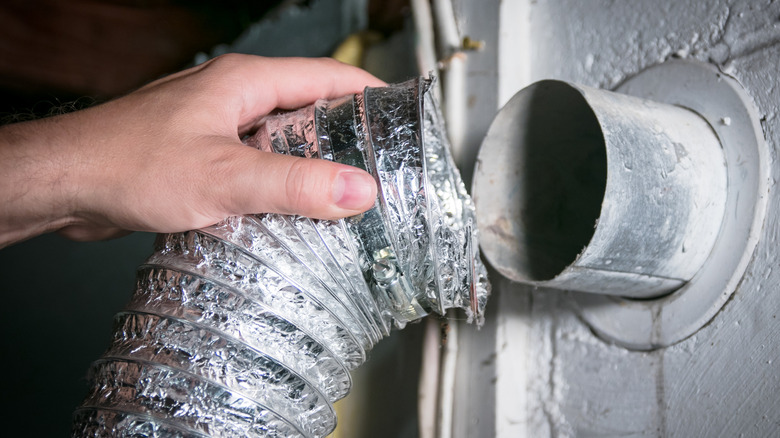How To Hook Up A Washer And Dryer Unit To Complete Your Laundry Room
If you are looking to create a more functional laundry room via a remodel, you might be at the point where it's time to hook up the washer and dryer units. You may be looking at these appliances and suddenly wondering whether this is a job you can handle, but do not worry. We'll discuss the correct way to hook up your washer and dryer units safely without risking leaks or malfunctioning appliances.
Before we begin discussing the ways to connect these appliances, we'll point out a few situations where you might not want to do the work yourself. For starters, you need to have the right plumbing fixtures in place. If you are putting in a washer for the first time or if you moved the washer to a new location, you might need to run new pipes or install new faucets for both the hot and cold water supply. You might need to install a drain standpipe for the washer, too.
For an electric dryer, you would need a 208-, 220- or 240-volt outlet behind the dryer's location. Replacing this type of electrical outlet yourself is extremely difficult. Most people will need to hire a licensed electrician because of the extra wiring the dryer requires. If you have a gas dryer, it needs a regular 120-volt household outlet and a line that supplies the natural gas. You should hire a plumber who can handle natural gas hookups and lines to perform this service for you.
How to connect a new washing machine in your revamped laundry room
If you have all the plumbing hookups and electrical outlets you need in place, you're ready to connect the washer. You should measure the distance from the back of the washing machine to the water supply faucets to make sure the supply hoses are long enough. The water supply hoses almost look like short segments of garden hoses. Before connecting them, make sure they have rubber washers inside the ends to prevent leaks.
Screw the hose onto the cold water supply at the back of the machine and to the cold water faucet coming out of the wall. Follow the same process to connect the hot water supply hose. To identify the cold water connections, look for a C or blue color. The hot water connections may have an H or red color. To make sure they're tight enough, hand tighten them first. Then, use a wrench to turn them another two-thirds of a turn. Turn on the water and look for leaks. Attach the drain hose to the back of the washer before inserting the other end into the vertical drain standpipe along the wall.
You can use a bubble level to test the alignment. The washing machine needs to be level to avoid excessive vibration and noise during operation. Most washing machines have a locking nut on the front legs that you can adjust with a wrench to help with leveling. The rear legs should then self-level. Plug it into the standard 120-volt outlet to start using it.
Steps to connect a dryer to complete your laundry room
You're now ready to connect your dryer. Before you fully slide the dryer into place, you'll want to connect the vent hose. If you don't have a vent hookup coming out of the wall in the laundry room, you'll need to install one or buy a ventless dryer, which doesn't require a hookup to vent the heat outdoors. Installing a vent requires drilling into the walls and through the exterior of the house, so you may want to hire a pro. With the vent hookup in place, connect the vent hose between the dryer and the hookup in the wall. Use dryer tube clamps or foil tape to hold the hose in place.
For an electric dryer, you can plug it into the 240-volt outlet, and it should be ready to use. A gas dryer needs a connection to the gas line and being plugged into a standard 120-volt outlet. You can connect it to the already-installed gas line connection yourself, or you can call a plumber for help. Before turning it on, you should use a bubble level to make sure the dryer is level to reduce operational vibration and noise. Keep in mind that one of the biggest mistakes you can make with a new washer and dryer is not installing it properly. If you are ever unsure, calling a licensed professional is always a better option than making an error that could lead to a water leak or malfunctioning machine.


